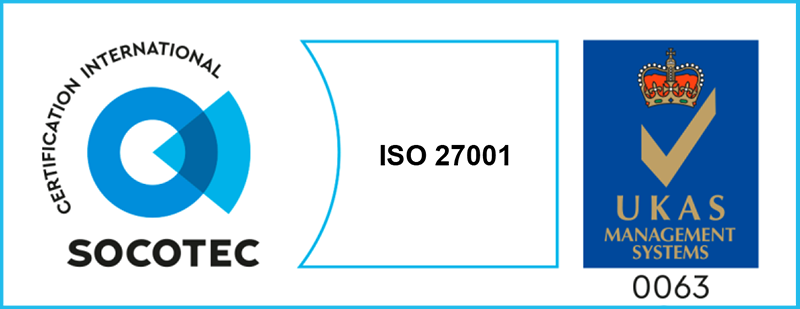Lessons Learned from CMOs, CFOs and CROs: Why Alignment is the Key to Marketing Impact
At Q:chi, we've spent more than two decades helping marketing and finance leaders connect strategy, execution, and spend. While many of our initial engagements begin with Chief Marketing Officers, it's often the Chief Financial Officer who brings us in. CFOs want greater transparency into how marketing investments impact business growth.

In recent years, Chief Revenue Officers have entered these conversations too. As the pressure to deliver predictable pipeline increases, CROs are looking for clearer insight into how marketing strategy supports sales outcomes. This shift has highlighted a recurring challenge across organizations: marketing, finance, and revenue teams are often planning in silos.
Each role plays a critical part in growth, but without a shared system or process, they frequently operate at cross-purposes. CMOs are under pressure to launch high-impact campaigns but lack the real-time visibility to demonstrate ROI. CFOs are expected to forecast with precision, but spend data is buried in disconnected spreadsheets. CROs depend on pipeline delivery, yet they are often unsure if marketing activities are aligned with sales priorities.
These disconnects create real risk. Without integrated planning, marketing is too often perceived as a cost center rather than a driver of business value. And while most teams understand the need for alignment, few have the tools or processes in place to make it a reality.
One of the most common problems we encounter is the way marketing plans are built and managed. Too many organizations treat the budget as the plan, using static spreadsheets to outline activity without linking spend to strategic goals. Reporting becomes reactive. Forecasting is difficult. And cross-functional teams end up working from different assumptions.
A more connected approach can change this dynamic. When marketing, finance, and revenue leaders collaborate using real-time data and a shared platform, everything from planning to execution becomes more efficient and aligned. Strategy is no longer abstract. Spend is no longer disconnected. Performance becomes measurable and accountable across functions.
This is exactly what Q:chi ) Harmoni is designed to support. The platform brings campaign planning, budget control, and performance tracking into one unified space. It allows teams to track spend in real time, connect activities to business objectives, and ensure that marketing efforts are contributing directly to pipeline and revenue.
The result is not just operational improvement. It is cultural transformation. CMOs, CFOs, and CROs begin speaking the same language. They move from isolated conversations to shared priorities. Decisions get faster. Impact becomes visible.
If your organization is still relying on spreadsheets and siloed tools, it may be time to rethink how planning happens. With the right foundation, marketing can finally claim its place as a strategic, measurable force in the business.
Published: 26th April 2024
Sign up for our newsletter and be first to read more





















